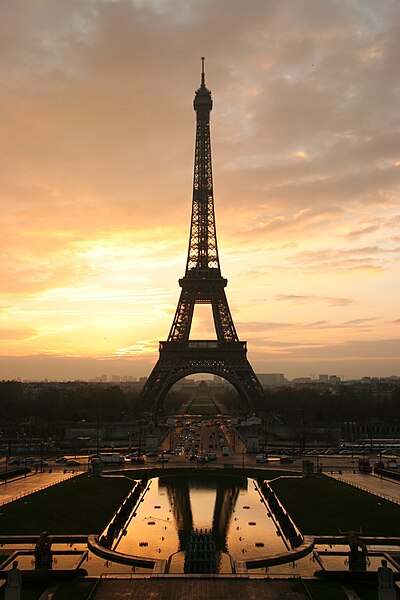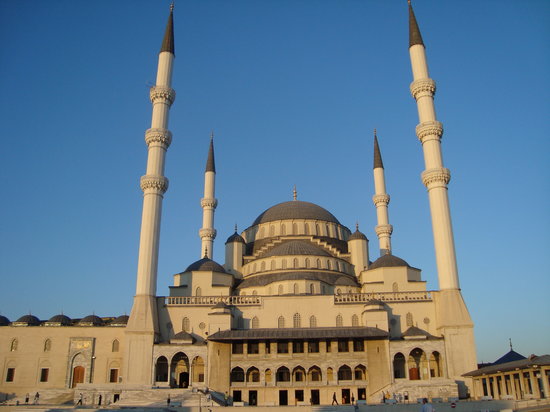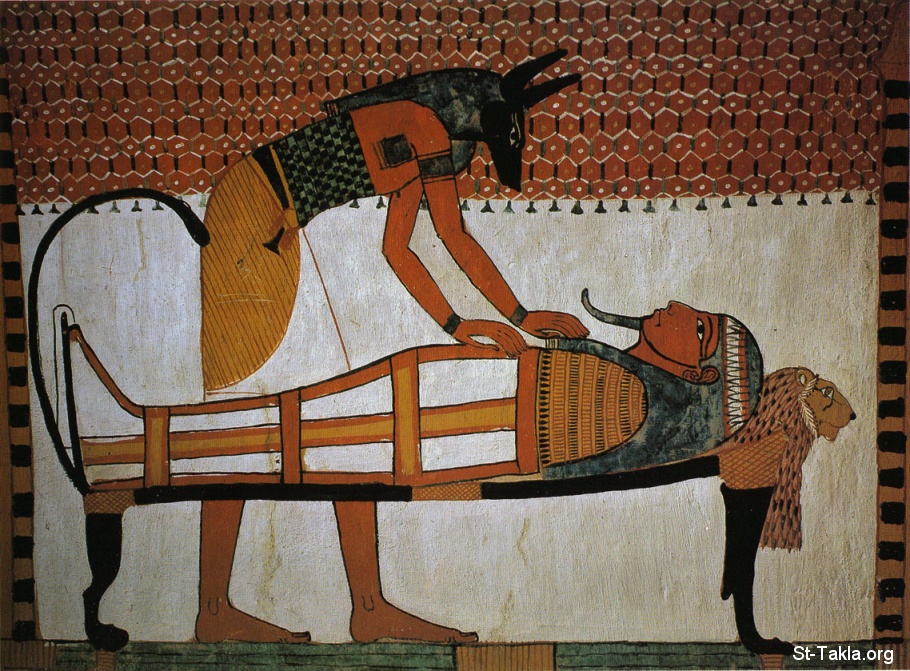Location and Area:
The Republic of India's seventh-largest state by area in the world, covering a vast area of 3,165,596 km 2, which led to rename the Indian subcontinent, which extends between latitudes 8.4 and 37.8 degrees north and between longitudes 68.7 ° and 97.25 ° the east, stretching from north to south along the 3214 km from east to west along the 2933 km. It is bordered to the north-west Pakistan, China, Afghanistan, Bhutan and Nepal to the north, Myanmar, Bangladesh and the Bay of Bengal to the east, and south-east of Sri Lanka across the Palk Strait, and form the Himalayas, the highest mountains of the world), its northern border. And the Republic of India is divided into three main regions, the Himalayas and is easy Jaizak Gangetic and the Indian subcontinent.
India is the second largest country in the world in terms of population after China. According to estimates by the year 2001 amounted to a population 1.029.99.100 people. The rate of population growth is 1.55%, while the population density is 325 per km 2. Live about 28% of the population in urban areas, while 72% live in rural areas, according to estimates by the year 1999.If India had succeeded after independence in reducing the proportion of people living below the poverty line, but they are still high, reaching in 1994 about 35% of the population. There are still areas suffer from poor water supply, especially urban slums, and in many villages.Mortality rate among children, according to estimates in 2001 about 63 children per thousand, the number of those who own cars in India according to 1997 estimates, 7.7 per thousand of the population, and the number of radios per thousand of the population 120 GTX, and the number of those who own TVs 65 per thousand of the population, and a number of phone lines have 27 per thousand of the population, according to estimates by the year 1999.India and the multi-ethnic state. The Sex Indian 72% of the population, and represents Aldravaidyan (Dravidian) m 25% of the population, while the other minority 3%, and there are groups of people regarded by the Government as tribes (the so-called hill tribes) where there including 300 tribe. And the tribes themselves socially isolated and protected by the government. It has been estimated population of these tribes in 1991 to 8% of the population of India. The largest of these tribes are Johnd Gond and Bhil The Bill increases the number of inhabitants of each of them a million people.Religion:Religion is a central factor in the lives of Indian people. And owes about 82% of the population of India Hinduism (the religion back to its origins in India). There are about 12% are Muslims especially among the urban population, and 2.3% Christians, 2% Sikh, Buddhist and 4%, in addition to minorities condemn other religions. In spite of the diversity of religions, India is a secular state as stated in the preamble to the Constitution.Language:Hindi is the official language According to the Constitution, which is spoken by about 40% of the population. There are about 1000 languages and dialects used in India, of which about 24 languages no less than the number of speakers, each with one million inhabitants, such as the Bengali language spoken by about 8% of the population, and Altjaw, and Almarthyh, and Altampelah, and Urdu, and Kannada, and Malaalm, and Sanskrit, Sindhi , and Kashmiri, and Punjabi, and Assamese, and Nepali, and Alouraya, in addition to English.
Economy
India is rich in natural resources, ranging from the nature of the barren desert to tropical forests, and the many rivers that flow from the northern mountains, carrying with them to the plains of silt at the bottom.The land and water of the most important natural resources in India, where 54.3% of the land can not grow, as they are rich sources of fresh water. Forests cover about 21.6% of its area.The agriculture sector, including forestry and fishing 27.7% of GDP, and employs about 67% of the labor force (est. 1995). The most important agricultural crops are sugar cane, rice, wheat, cotton, jute, vegetables, and spices.The industry sector contributes to 26.3% of GDP, and employs about 13% of the workforce. India is rich in mineral wealth, as there are coal, iron ore, bauxite, copper, petroleum, natural gas, lead, gold, silver and zinc. The most important manufactures are textiles, iron and steel, machinery and transport equipment, fertilizers, oil refining, chemicals and computers.The services sector contributes about 46% of GDP, and employs about 20% of the workforce. According to 1999 estimates the average per capita income of $ 450. The monetary unit is the Indian rupee.The most important of India's exports are: gems and jewelry, engineering machinery, cotton textiles and marine products, leather, tea, fruits and vegetables, electrical appliances.The most important imports: petroleum and its products, inorganic chemicals, iron and steel, fertilizers, and plastics. The most important countries that trade with each other is the United States, Japan, Germany, Saudi Arabia, Britain, Belgium, and Russia.Local division:India is divided into 28 states and seven federal regions, including the city of Delhi. The capital is New Delhi. And major cities are Mumbai, Delhi, Madras and Hyderabad.
Education:
Education in India is compulsory until the age of 14 years, as the period of compulsory education for eight years. According to estimates by the year 1996 amounted to 3.2% cost of education as a percentage of GDP. According to estimates by 1997, there were 47 pupils per teacher students. And 2001 the percentage of learners in India about 73%.And operated by the U.S. education system with some assistance and supervision from the central government. And years of education than ten years of primary, secondary, and two years of higher secondary education, and three years of university education. In addition to public education is special education at all levels of education from primary to university. And 1996 the number of years enrolled in pre-university education, some 170 million students, while the number of students enrolled in higher education, about six million students. It is worth mentioning that universities such as Calcutta, Madras and Bombay were founded in 1857, although there are some colleges have found before that date.The number of Internet users in India in 2001 about 5.5 million and is expected that this number will reach about 25 million in 2005, this number remains a bit if the ratios to the total number of India's population. And that was one of the justifications for the high rates of poverty in India, in addition to the high illiteracy rate, and is enough to know that the number of computing per thousand people reached 0.32 est. 2002.Participation in international organizations:India plays an active role at the international level and regional level where it is a member of the United Nations, the Non-Aligned Movement and the Group of 77, and the Group of 15, and the Asian Regional Forum (ARF), and SAARC, and the British Commonwealth









No comments:
Post a Comment